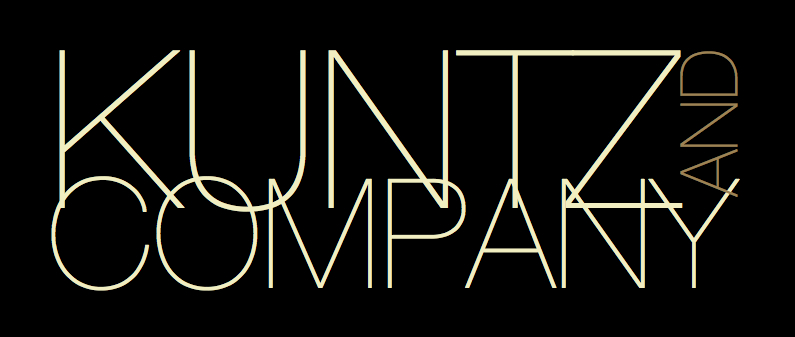BHANGRA as a part of this Whatcom County residency
We were thrilled to work with The Vancouver International Bhangra Celebration Society and Deep Sahota, director of The Royal Academy of Bhangra located in Surrey, BC, will be teaching at Carl Cozier, Alderwood Elementary, and Squalicum High School. Dancers from the Academy will perform at the two elementary schools as well as at Sterling Meadows Church. Dates and times TBA.
Pictures of Deep teaching in the public schools, as well as at the academy, along with pictures of performances by Royal Academy dancers can be seen in the slide show below.

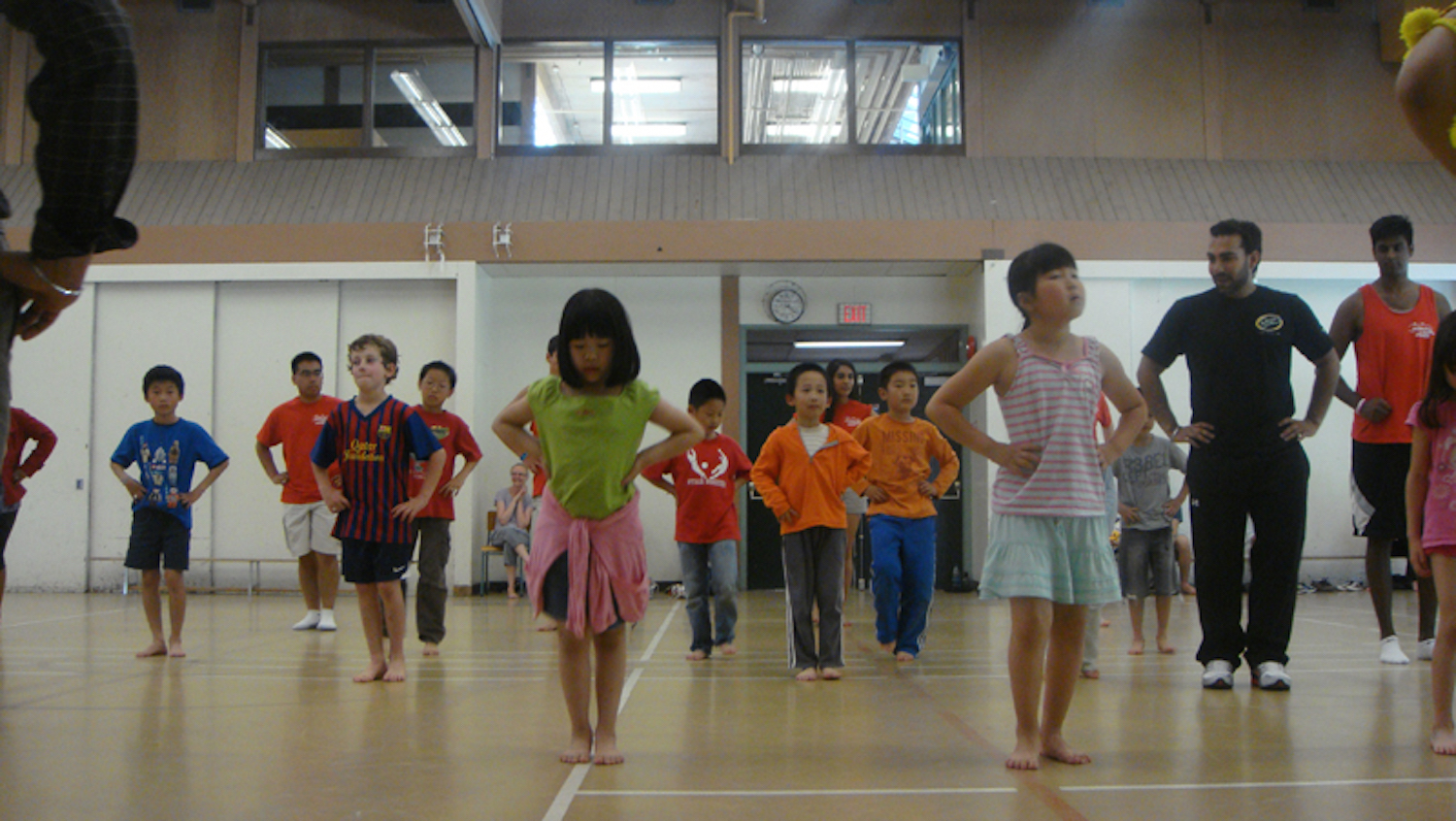


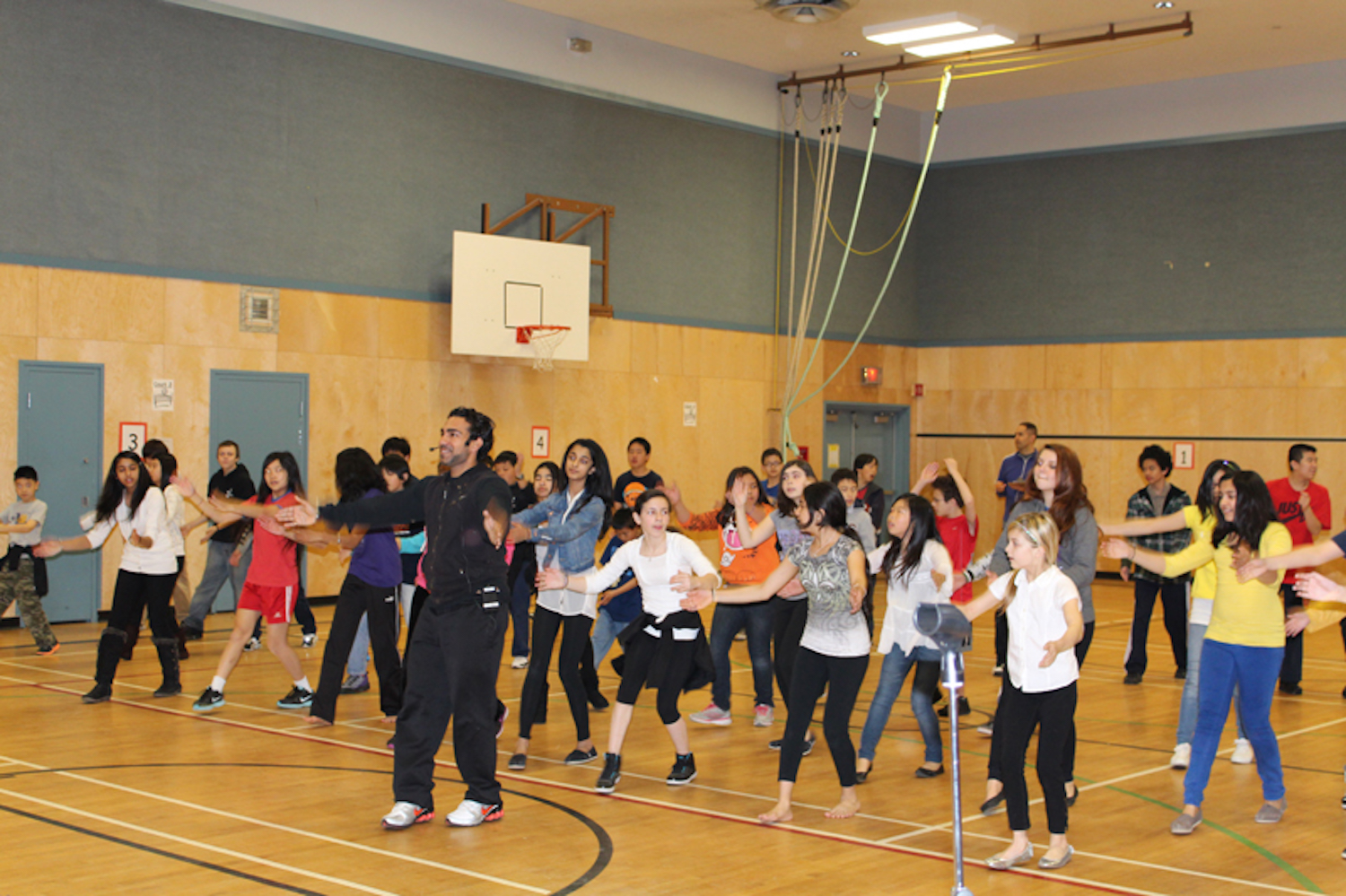
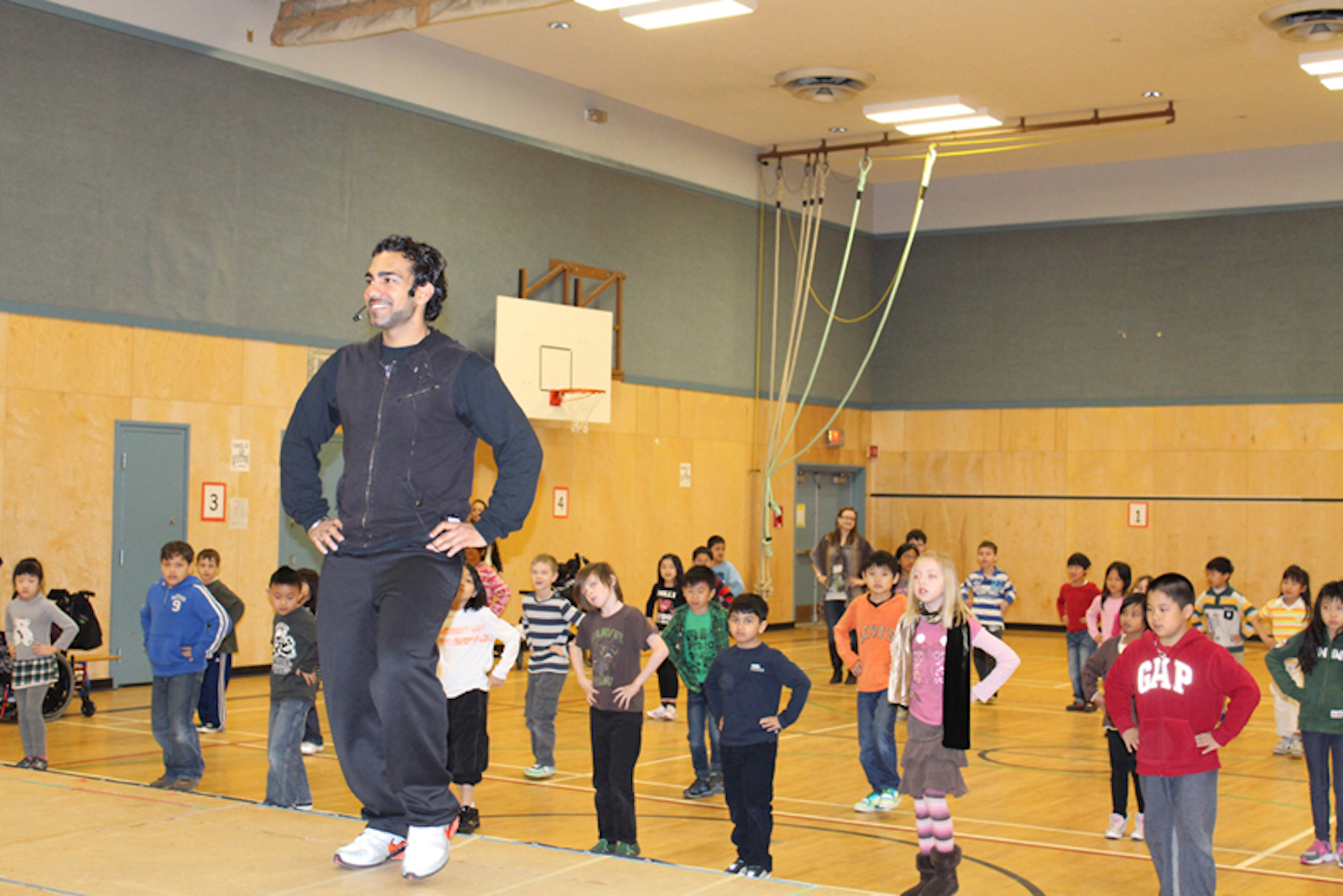
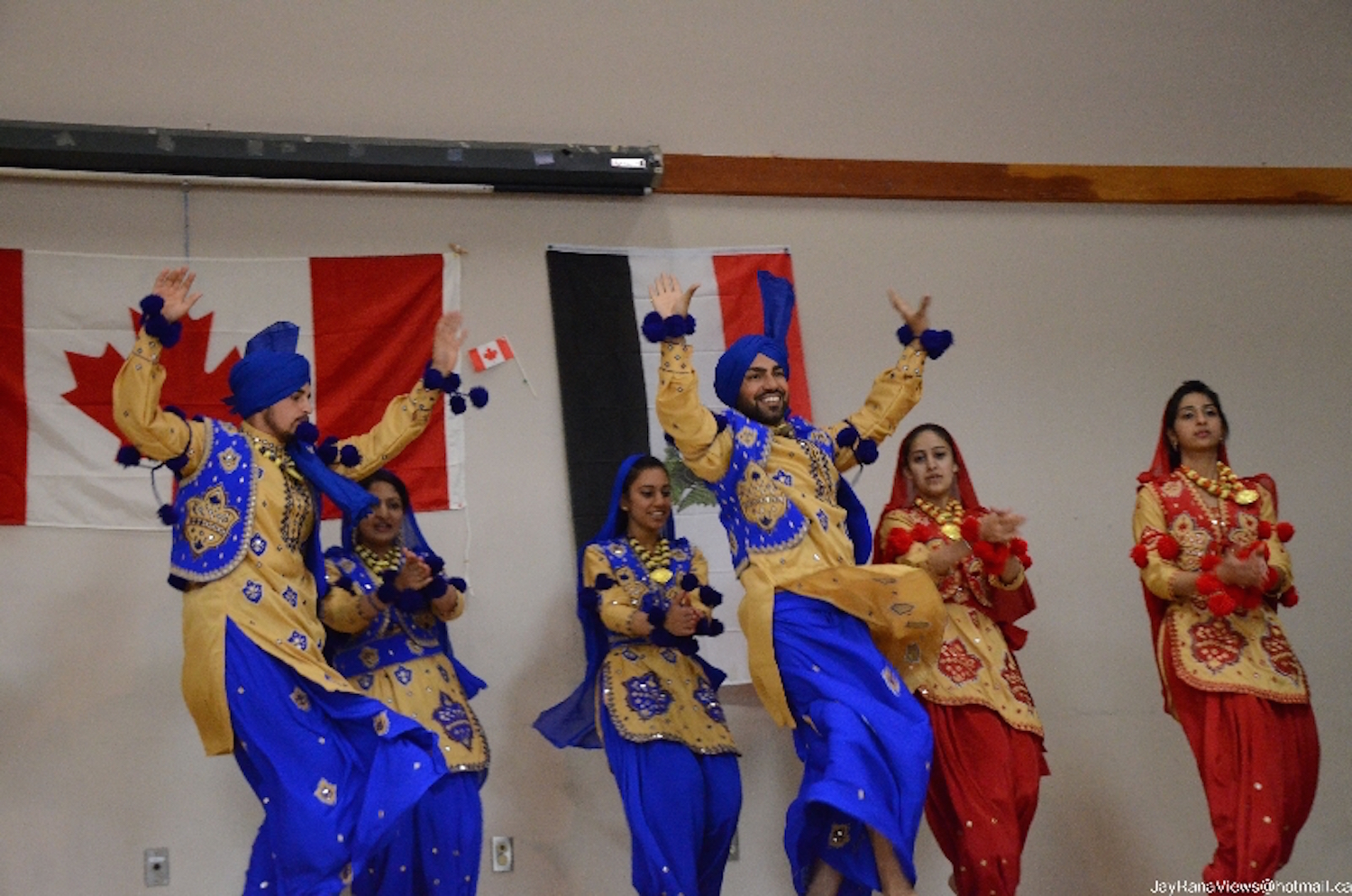
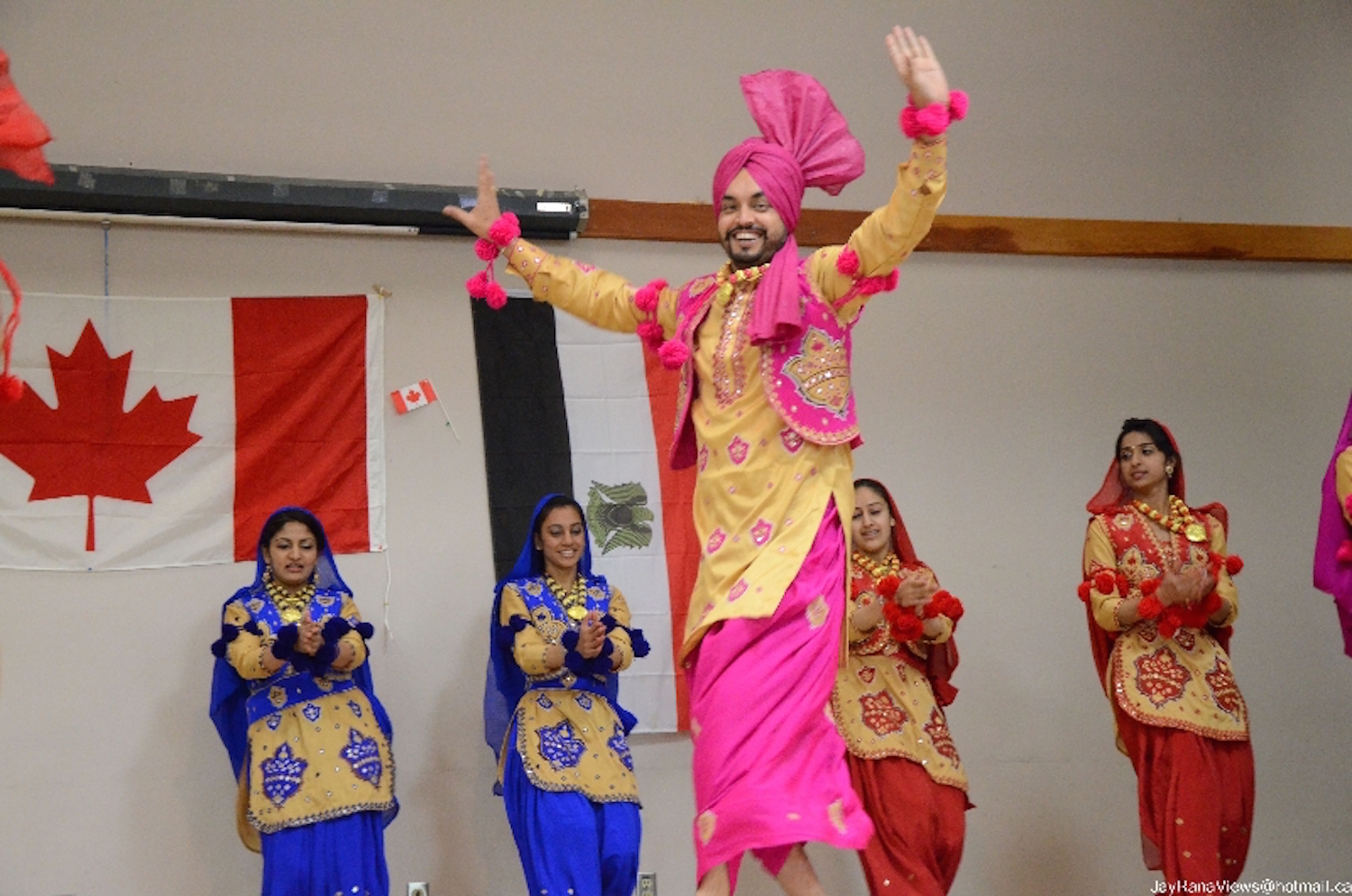
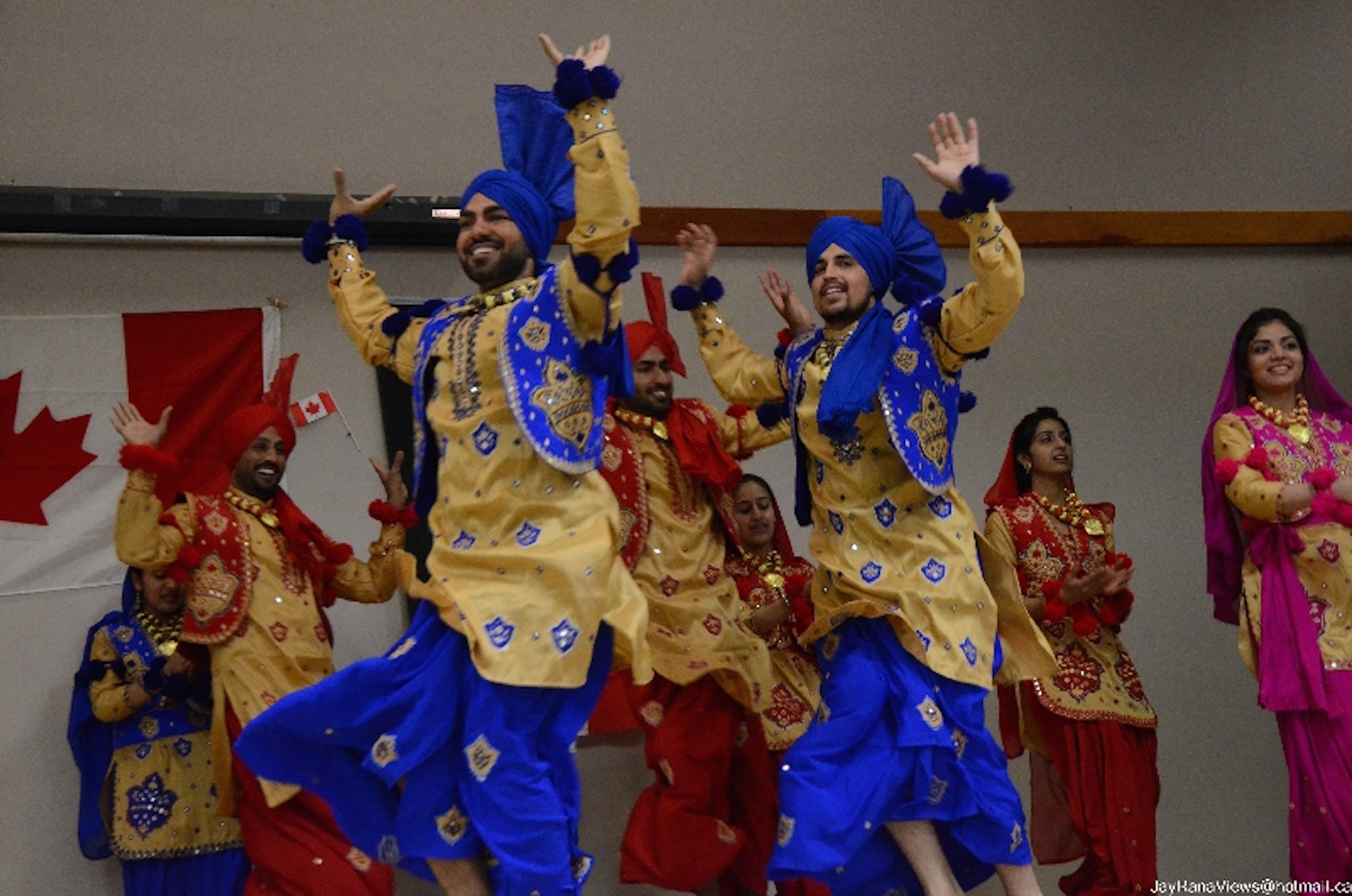

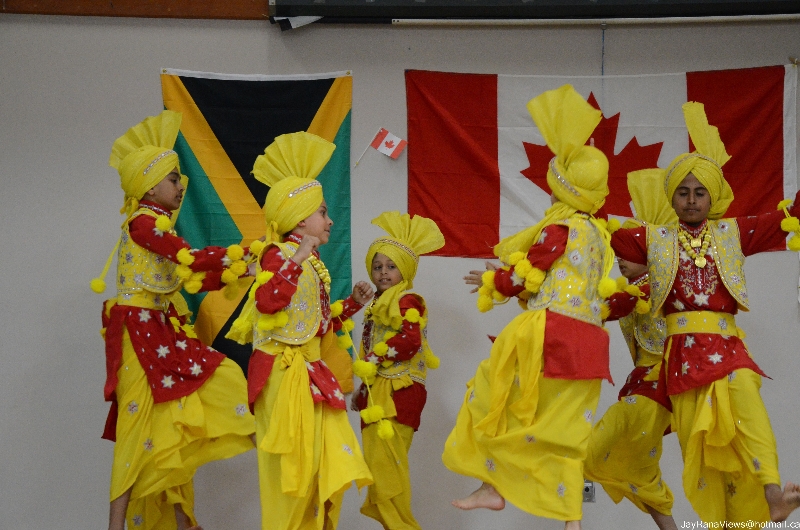
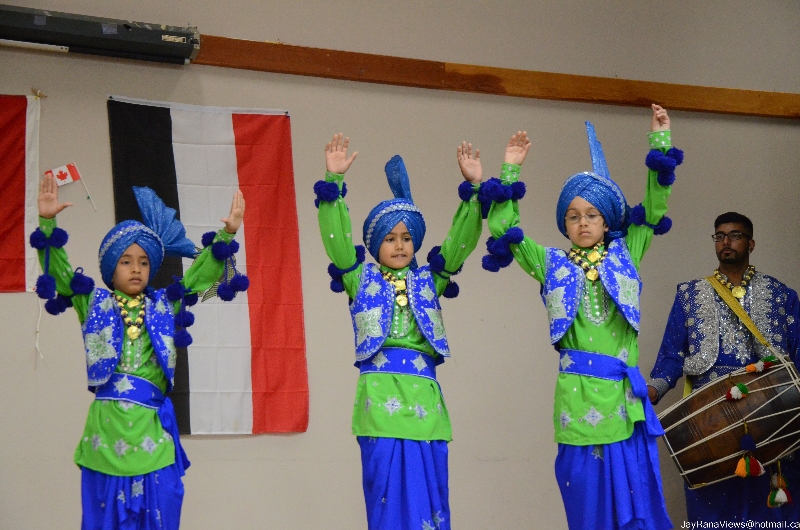
BHANGRA
Bhangra is a lively form of folk music and dance that originates from the Punjab region in Northern India and the east side of Pakistan. Many people believe that Bhangra originated in the 1400s, however, it may be even older. Primarily men performed Bhangra, while the ladies performed their own fierce, yet elegant, dance called Giddha. The men wore the turbin, lungi (long cloth wrapped around the waist), and kurta (traditional Indian shirt), while the women, when performing Giddha, wore the salvar kameez (a long colorful shirt accompanied with a baggy style bottom piece) accompanied by their bright colored duppattas (cloth wrapped around the neck).
People traditionally performed Bhangra when celebrating the harvest. In a typical performance, several dancers executed vigorous kicks, leaps, and bends of the body to the accompaniment of short songs called boliyan and, most significantly, to the beat of a dohl (double-headed drum). Struck with a heavy beater on one end and with a lighter stick on the other, the dhol imbued the music with a syncopated (accents on the weak beats), swinging rhythmic character that has generally remained the hallmark of any music that has come to bear the Bhangra name.
While Bhangra began as a part of harvest festival celebrations, it eventually became a part of such diverse occasions as weddings and New Year celebrations. Moreover, during the last thirty years, Bhangra has enjoyed a surge in popularity worldwide, both in traditional form and as a fusion with genres such as hip-hop, house, and reggae. Nowadays, because of Punjabi influence worldwide, people perform Bhangra in all parts of the world at occasions such as weddings, receptions, and parties. Bhangra has evolved from a dance and music only performed in the Punjab region, to a popular style of music and dance that people perform throughout South Asia and many parts of the world.
Text pulled from:
http://www.punjabonline.com/servlet/entertain.entertain?Action=Intro
and
http://www.britannica.com/EBchecked/topic/63998/bhangra
GIDDHA
Giddha is a popular folk dance of women in Punjab and exhibits teasing, fun and exuberance of Punjabi life. The dance is derived from the ancient ring dance and is just as energetic as Bhangra and at the same time it manages to creatively display feminine grace, elegance and elasticity. Giddha is essentially danced in circles. Girls form rings and one of the dancers sit in the centre of this ring with a dholki (drum).
The vitality of Bhangra can also be seen in the Giddha dance of the women of Punjab. This dance translates into gestures and bolian-verses of different length satirizing politics. The dancers enact verses called bolis, which represent folk poetry at its best. The subject matter of the bolis is wide ranging indeed – everything from arguments with the sister-in-law to political affairs figure in these lively songs - bolis can also cover themes from nature to excesses committed by the husband and his relatives, while some talk about love affairs to the loneliness of a bride separated from her groom.
Typically no musical instruments except perhaps a dholak accompanies Giddha. The distinctive hand-claps of the dancers is a prominent feature of this art-form. Giddha is a very vigorous folk dance and like other such dances of Northern India is taxing on the legs of the artists. Giddha is very popular as it is not performed according to any rigid set pieces or sequences; it is free-style, spontaneous and creative.
Text pulled from:
http://www.sikhiwiki.org/index.php/Giddha
